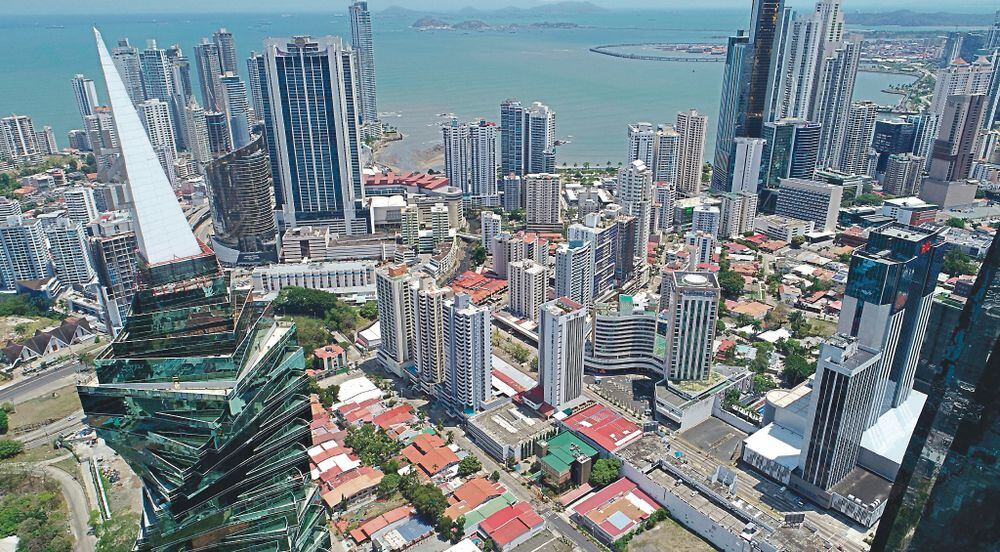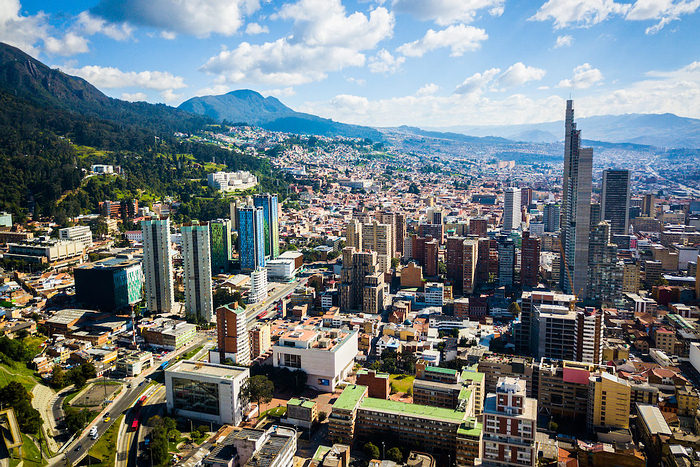
“The costs of healthcare can present such a challenge for many people that it becomes the single most important factor in choosing a retirement destination,” says Dan Prescher, senior editor at International Living.
“So imagine being able to access high-quality healthcare at a fraction of the cost in your home country… and in a place that has a beautiful climate, a rich culture, and an overall lower cost of living”.
“Those are exactly the retirement destinations with the highest health care score on this year’s Global Retirement Index,” says Prescher. “Many of these countries have national health systems that foreign residents can easily access. In fact, in some of the places that International Living lists, the healthcare costs can be so low that it is possible to pay out of your own pocket for many procedures and medications without the need of going to the bank.”
The five countries that scored the best in the World’s Best Health Care in this year’s Annual Global Retirement Index are:
1) Portugal

With a score of 99 out of 100, Portugal ranks first in the Health category of International Living’s Global Annual Retirement Index 2020.
Professional and affordable healthcare in Portugal costs a fraction of that in the United States and Canada, and there are also savings for those in the UK and other countries who choose Portugal as a destination for routine and elective procedures.
Portugal has some of the best doctors and medical training available anywhere. Teaching facilities include the University of Minho School of Health Services in the north, the University of Coimbra School of Medicine in the center, renowned for its extensive fields of research and Ph.D. programs – and the Faculty of Medical Sciences of the New University of Lisbon in the south.
Many, if not most, physicians who graduate from these excellent universities study and reside in the UK and other European countries. In addition, many of its higher level courses use English texts and are taught in English. This results in most medical professionals being somewhat fluent in the 21st century lingua franca.
In large cities and tourist areas you are likely to find medical treatment as good or better than what you have experienced in your home country. Even in a small town you can find excellent care.
In terms of recipes, the costs are also low. They are divided into three different categories: “With a prescription and if you are a resident with a National Health Service identification number, items like insulin and metformin, for example, are free, and statins, to use another example, cost only a few euros.
“Without being part of the system but with an Rx, you will pay the fixed retail cost printed on the box. To use the same example, the monthly supply of metformin is approximately 3 euros. A normal course of antibiotics costs between 15 and 20 euros.
“And if you don’t have a prescription and you’re not looking for an antibiotic or a controlled substance like a pain medication, you can often buy it without a prescription at the same fixed price.
2) Spain
In second place, with 97 points, is Spain. The World Health Organization classifies Spain as one of the best health systems in the world. The public system is widely used, but private healthcare is excellent and affordable, including 26 JCI-accredited facilities. (JCI, or Joint Commission International, is a nonprofit patient safety organization that certifies hospitals around the world.)
The facilities tend to be modern, with state-of-the-art equipment, and Spanish doctors must pass rigorous qualification exams to obtain their license to practice. The central government used to be the sole regulator of healthcare, but now each of the country’s 17 autonomous communities assumes individual responsibility for implementing and executing healthcare.
The country’s Mediterranean climate and relaxed lifestyle are the most attractive factors for strangers. It is also affordable, leaving more money in your pockets.
3. Costa Rica
 With 96 points, Costa Rica ranks third in the Health category of International Living’s Global Annual Retirement Index 2020.
With 96 points, Costa Rica ranks third in the Health category of International Living’s Global Annual Retirement Index 2020.
By almost any standard, Costa Rica has some of the best health services in Latin America. There are two systems that legal residents can access: the government-run universal health system, the Costa Rican Social Security Fund, known as the Caja, and the private system. Both health systems are constantly being updated: new clinics, new equipment, and improvements in staff training.
Costs are low compared to those in the U.S. “One of the reasons Costa Rica is so attractive to retirees, and expats in general, is because of the excellent low-cost healthcare options,” says American Kathleen Evans. “The country has 3 JCI certified medical centers in the nation’s capital, San José. This is the highest global designation awarded in the healthcare industry.
“Once you become a legal resident and pay the universal social security system (typically 7 to 11% of your declared income) you qualify for public health care through the Caja.
“There are also private health insurance policies available and many expats choose a combination of both public and private. Those who prefer to simply pay out of pocket for the procedures can save up to 30-90% compared to prices in the United States. ”
4) Panama
 Panama provides good quality, affordable health care with clinics and hospitals well located across the country. And since the country is so small, it’s unlikely that it’s more than an hour to a modern health facility, no matter where you choose to live. It is also not uncommon to find English speaking doctors here, as many study abroad after completing their initial training in Panama.
Panama provides good quality, affordable health care with clinics and hospitals well located across the country. And since the country is so small, it’s unlikely that it’s more than an hour to a modern health facility, no matter where you choose to live. It is also not uncommon to find English speaking doctors here, as many study abroad after completing their initial training in Panama.
“The thing about healthcare in Panama is that it is consistently excellent and affordable,” says Jessica Ramesch, editor of IL Panama.
Most clinics charge a nominal fee of between $ 20 and $ 60 for an office visit. Hospitals in the largest cities have all the latest equipment and specialists can be found in any field. Doctors in Panama work one-on-one, without medical assistants or other staff. You deal directly with the doctor and most prescription drugs are cheaper than in North America. ”
4) Colombia (tie)
 Colombia’s health systems offer a great balance of high quality, easy access and low cost. When América Economía, a financial publication, compiled its latest annual list of the 58 largest hospitals in Latin America, 23 of those hospitals were based in Colombia. That means that 40% of the main Latin American hospitals are in Colombia.
Colombia’s health systems offer a great balance of high quality, easy access and low cost. When América Economía, a financial publication, compiled its latest annual list of the 58 largest hospitals in Latin America, 23 of those hospitals were based in Colombia. That means that 40% of the main Latin American hospitals are in Colombia.
Four of these hospitals are accredited by Joint Commission International, the gold standard in global health. Two are located in Bogotá (Fundación Cardioinfantil – Instituto de Cardiología, and Hospital Universitario Fundación Santa Fe de Bogotá), one is located in Medellín (Hospital Pablo Tobón Uribe), and one is located on the outskirts of Bucaramanga (Fundación Cardiovascular de Colombia – Heart Institute).
There are many excellent hospitals and clinics across Colombia offering services from routine visits and tests to complex procedures such as joint replacements, organ transplants, ICU services, and cancer treatment.
Helping transition your life to live anywhere
